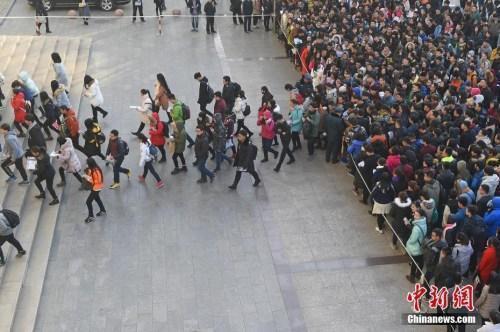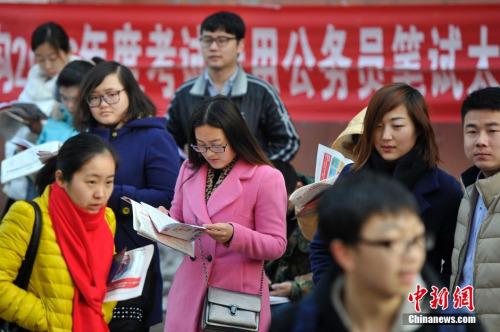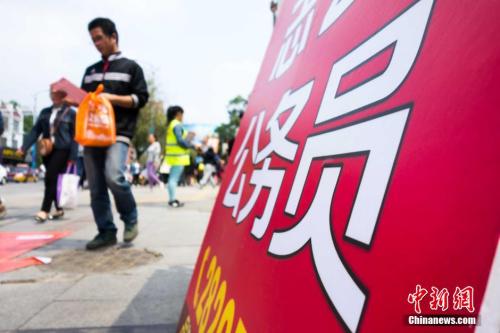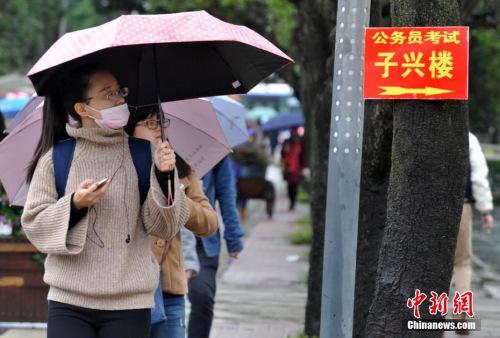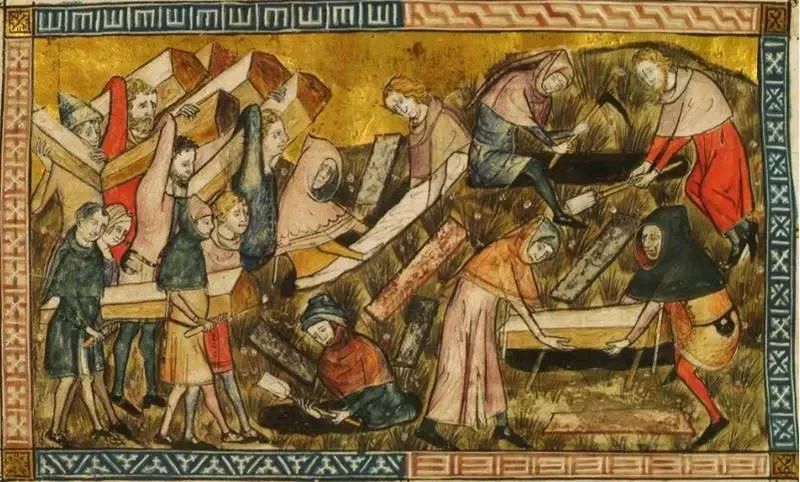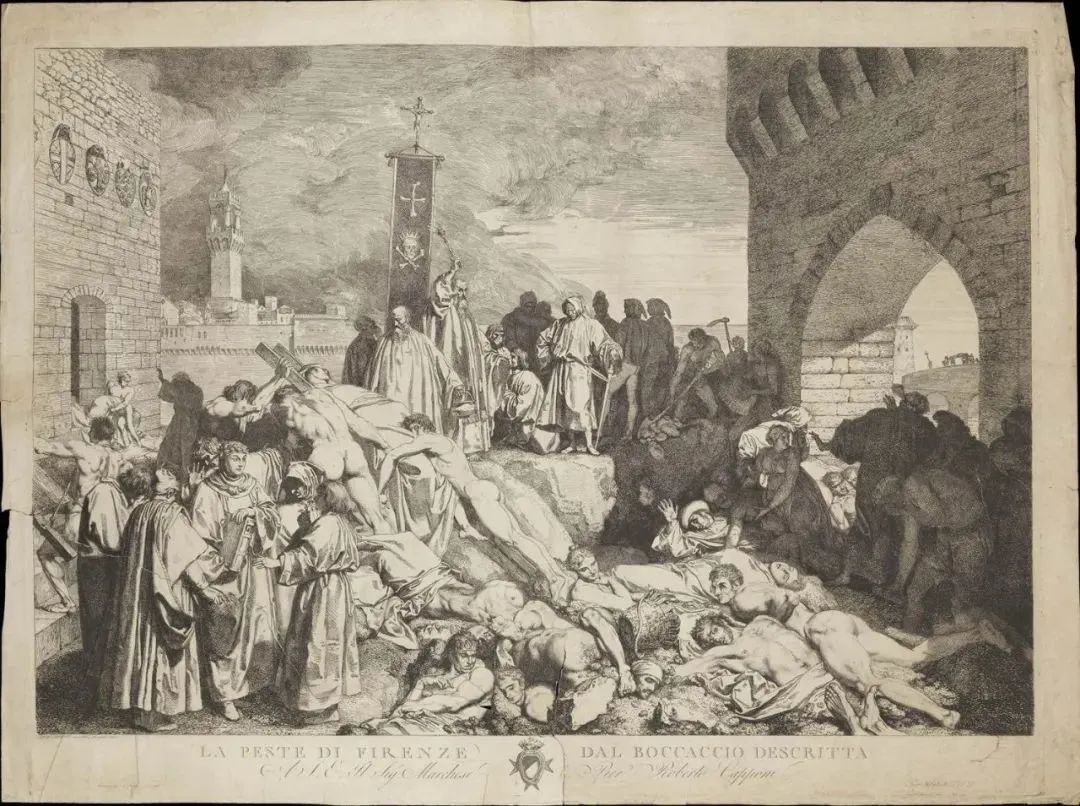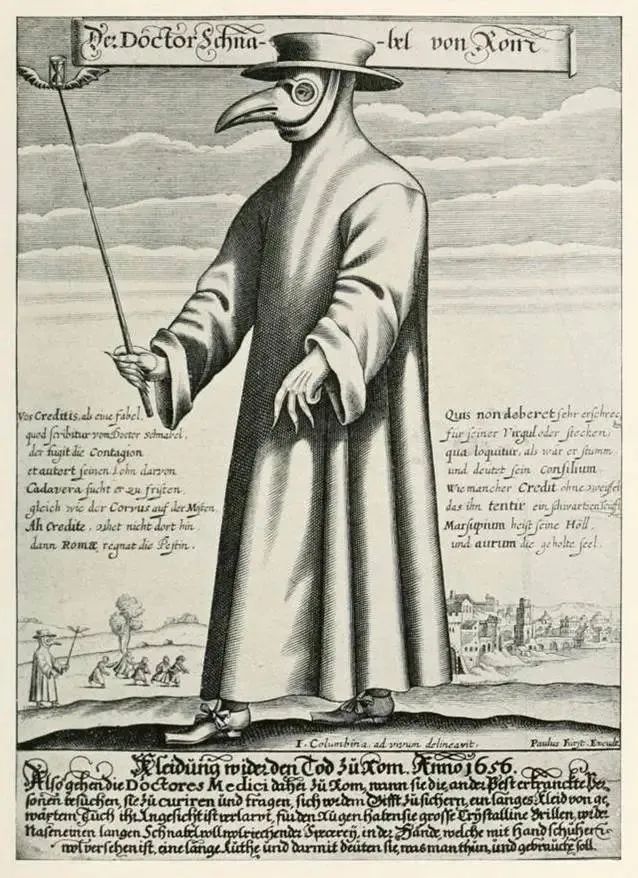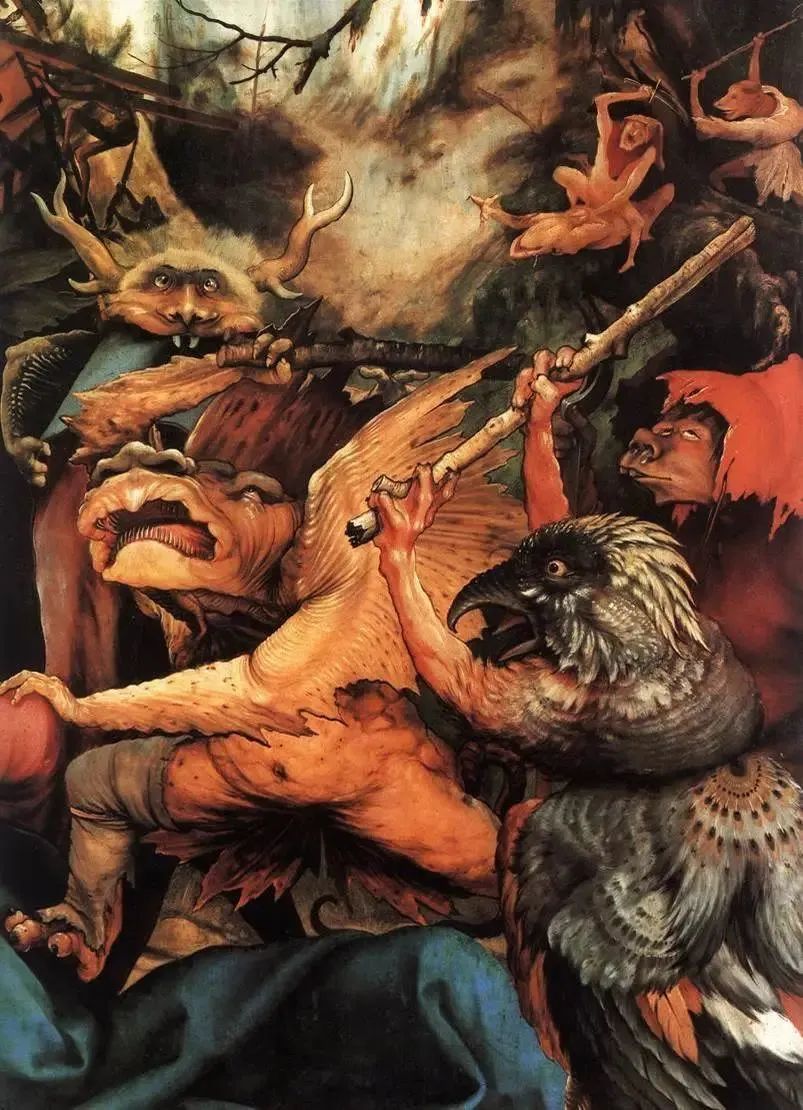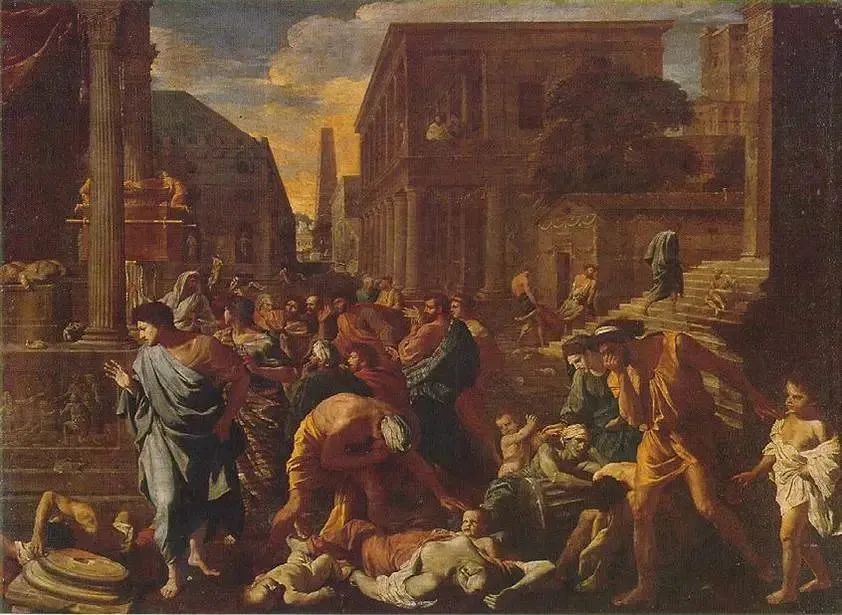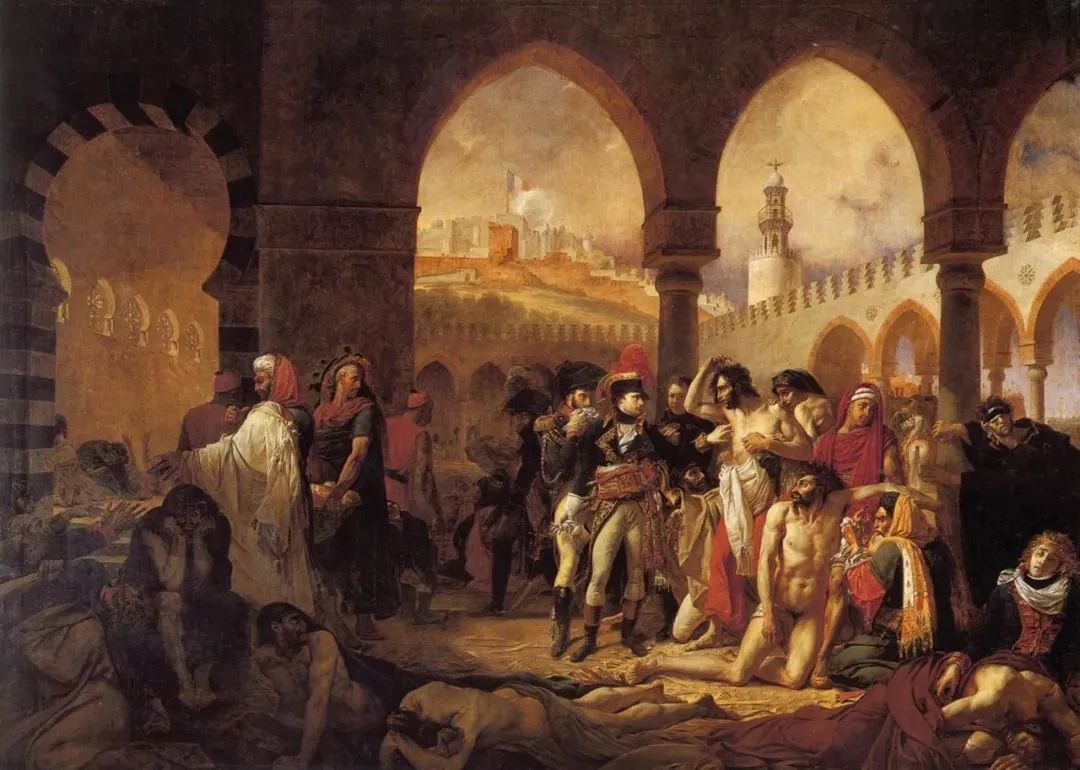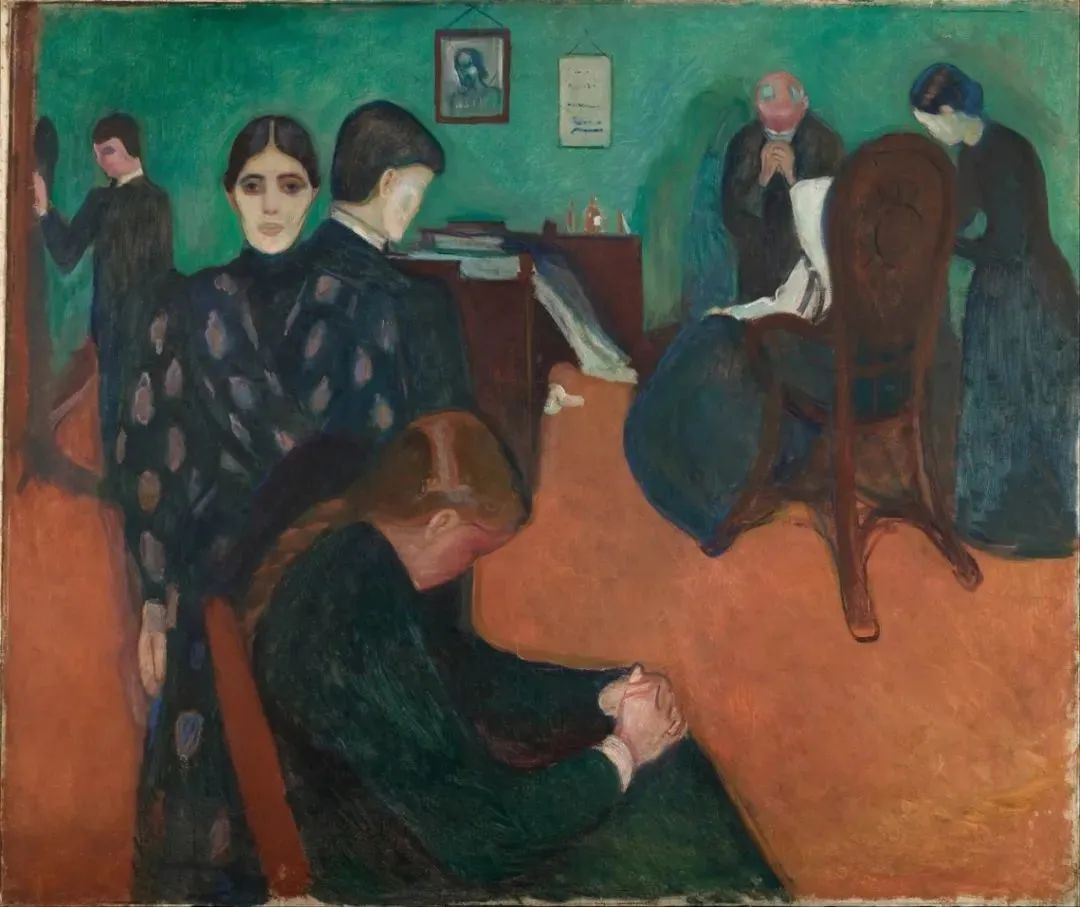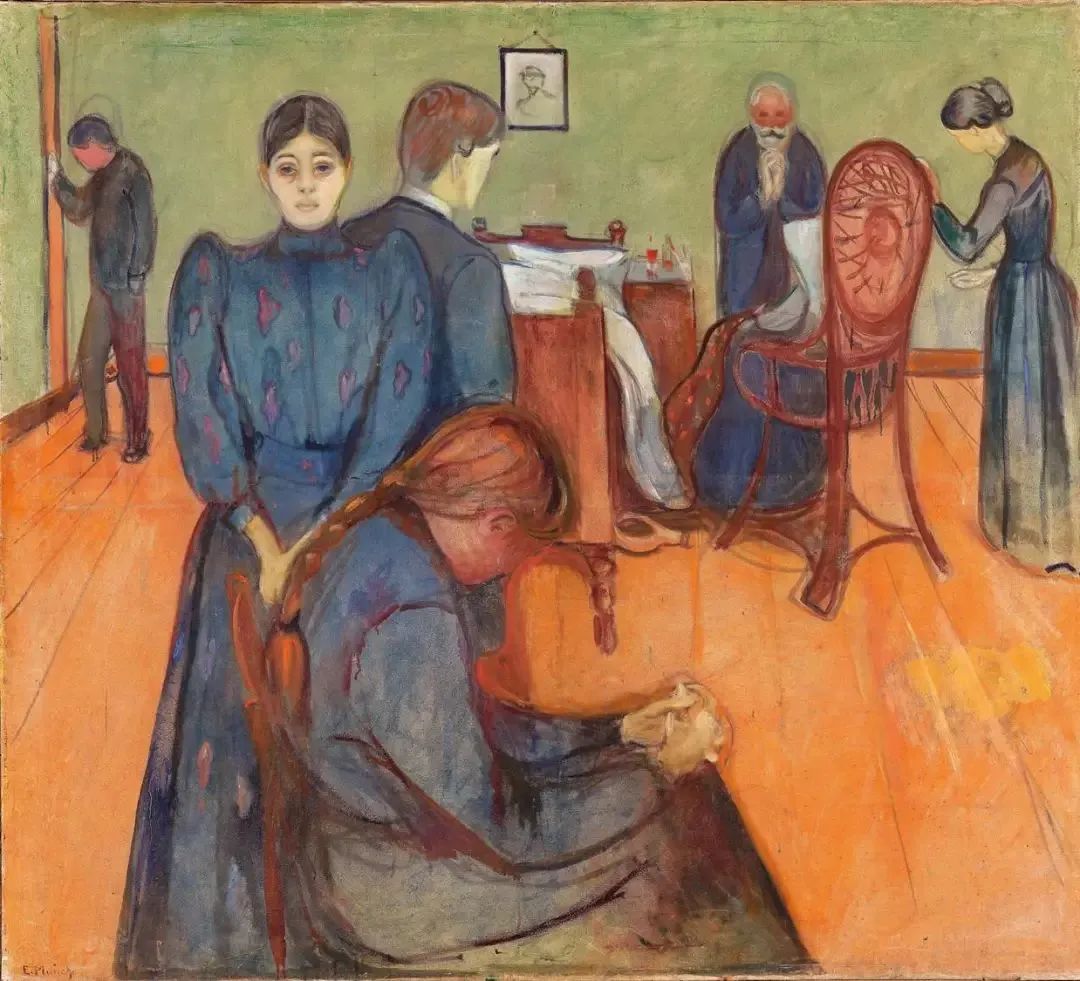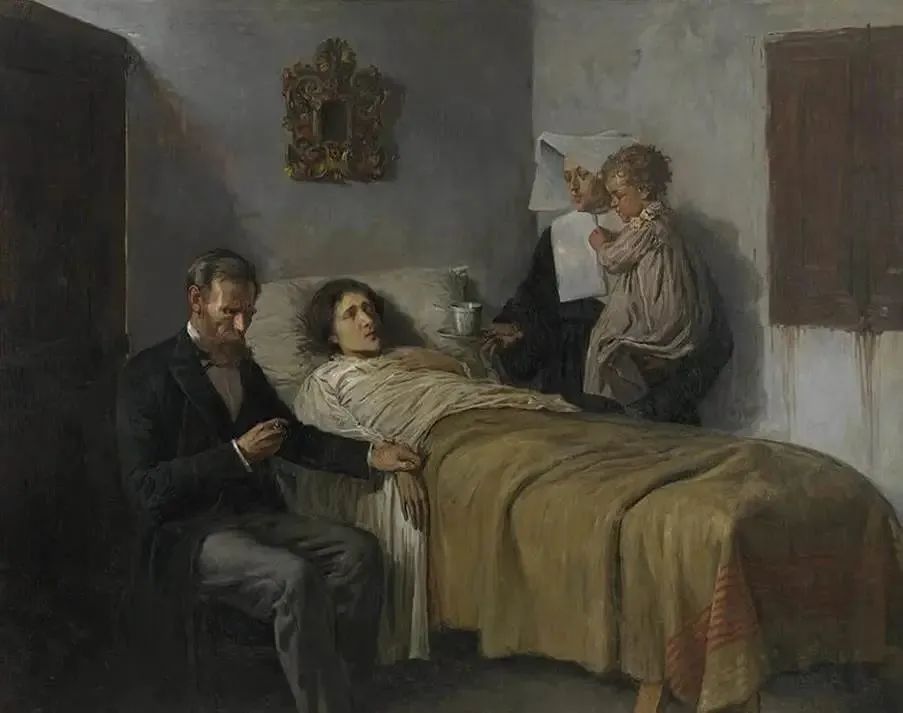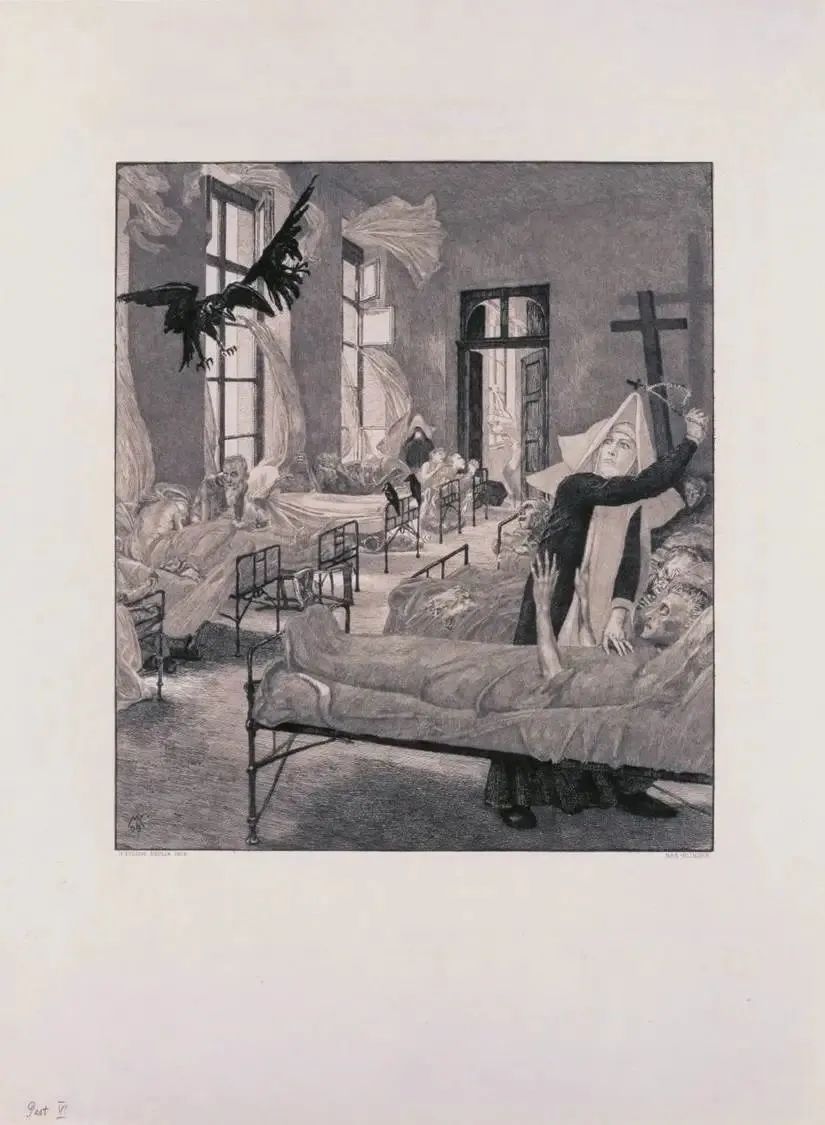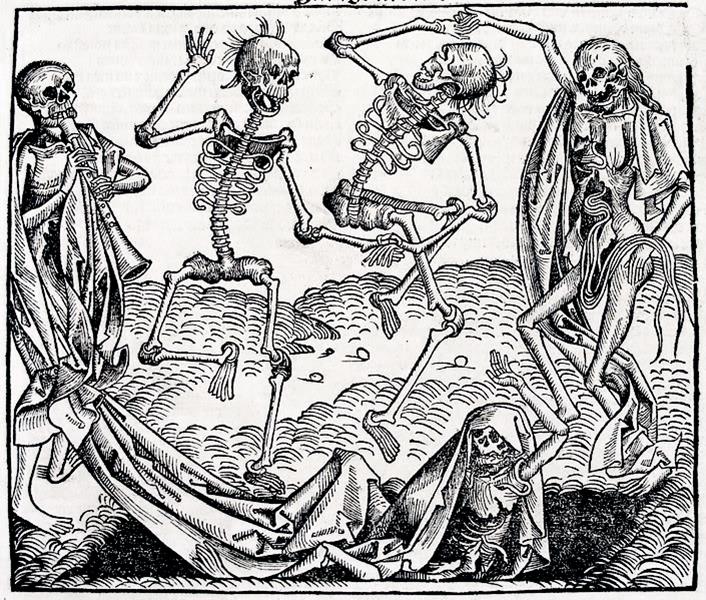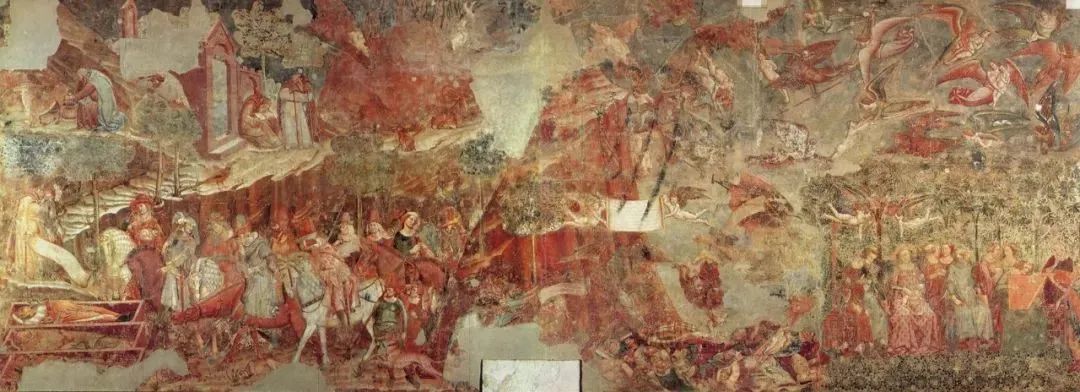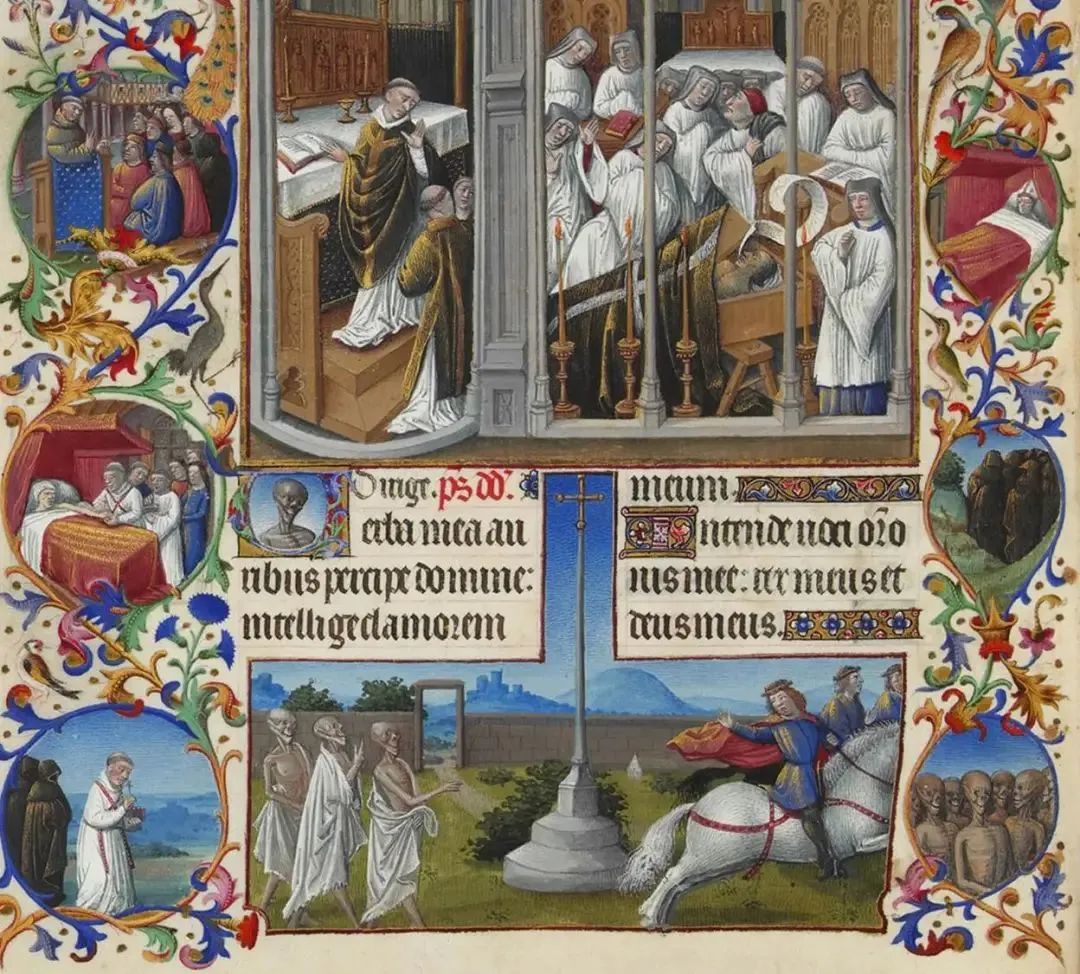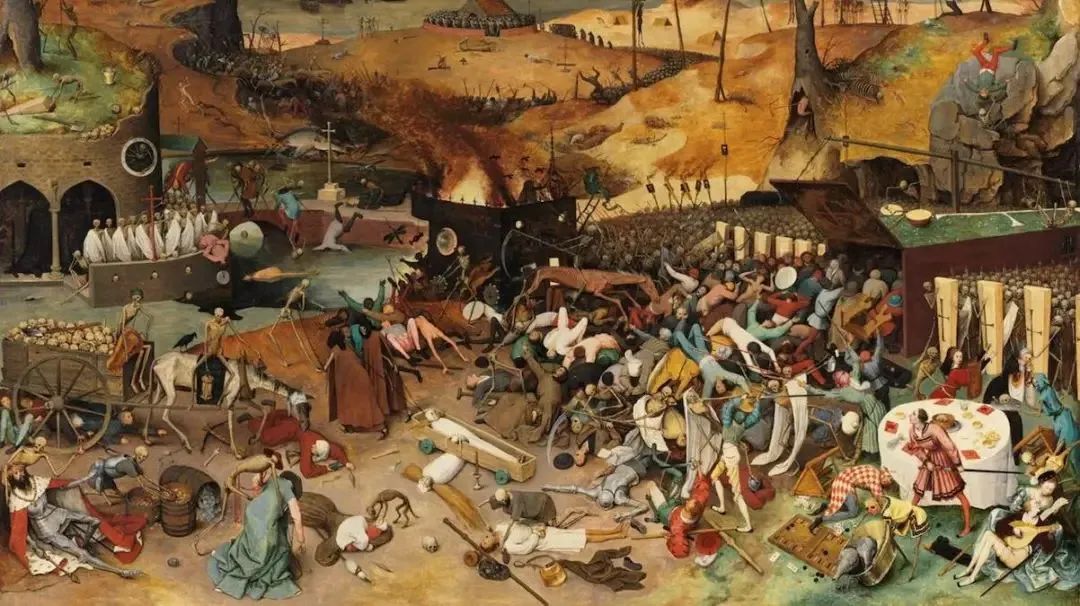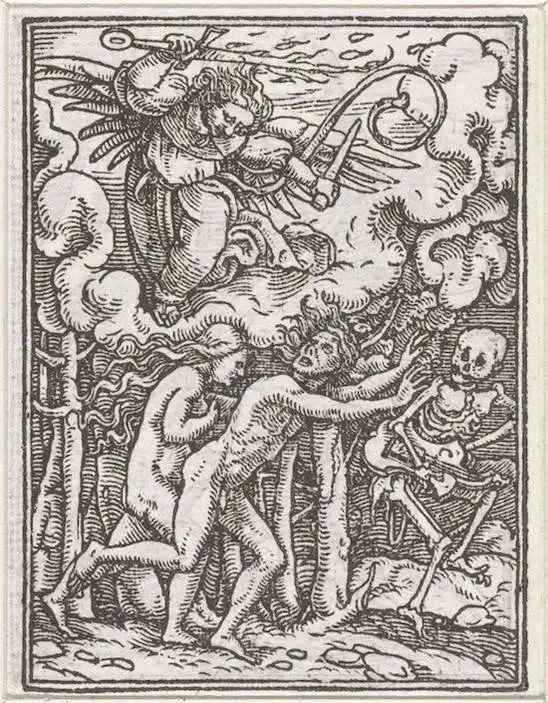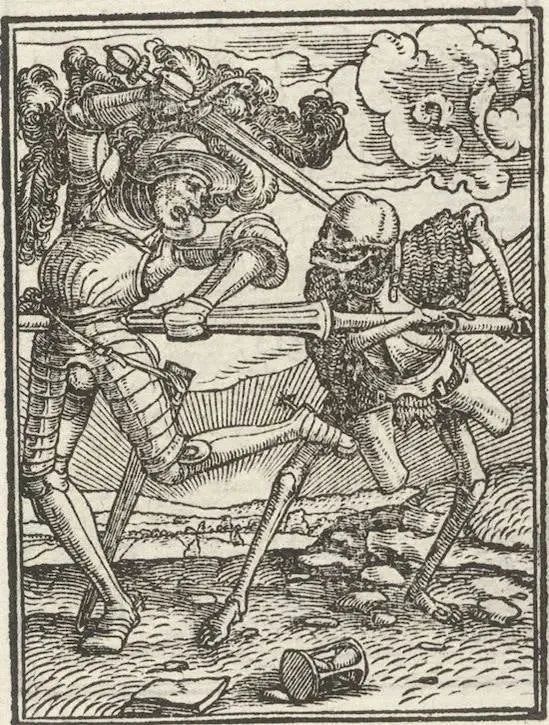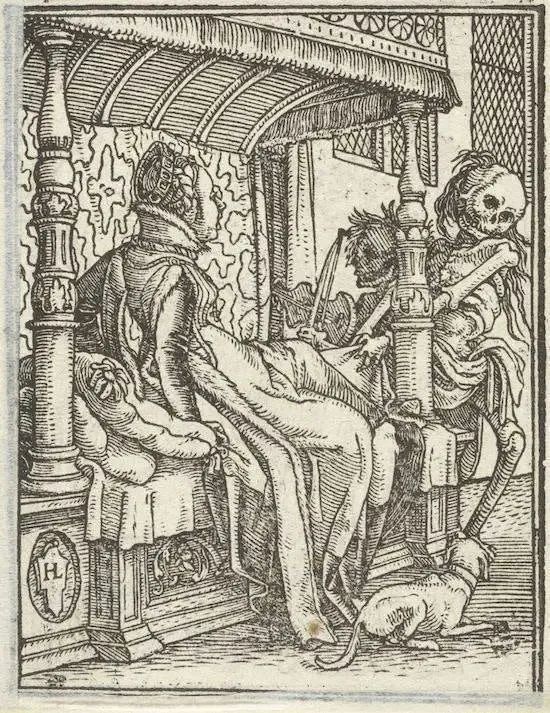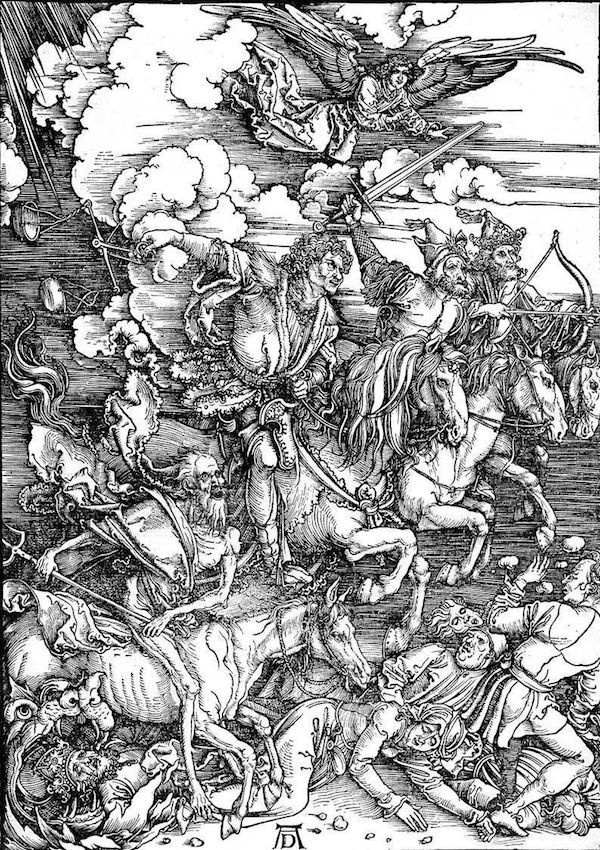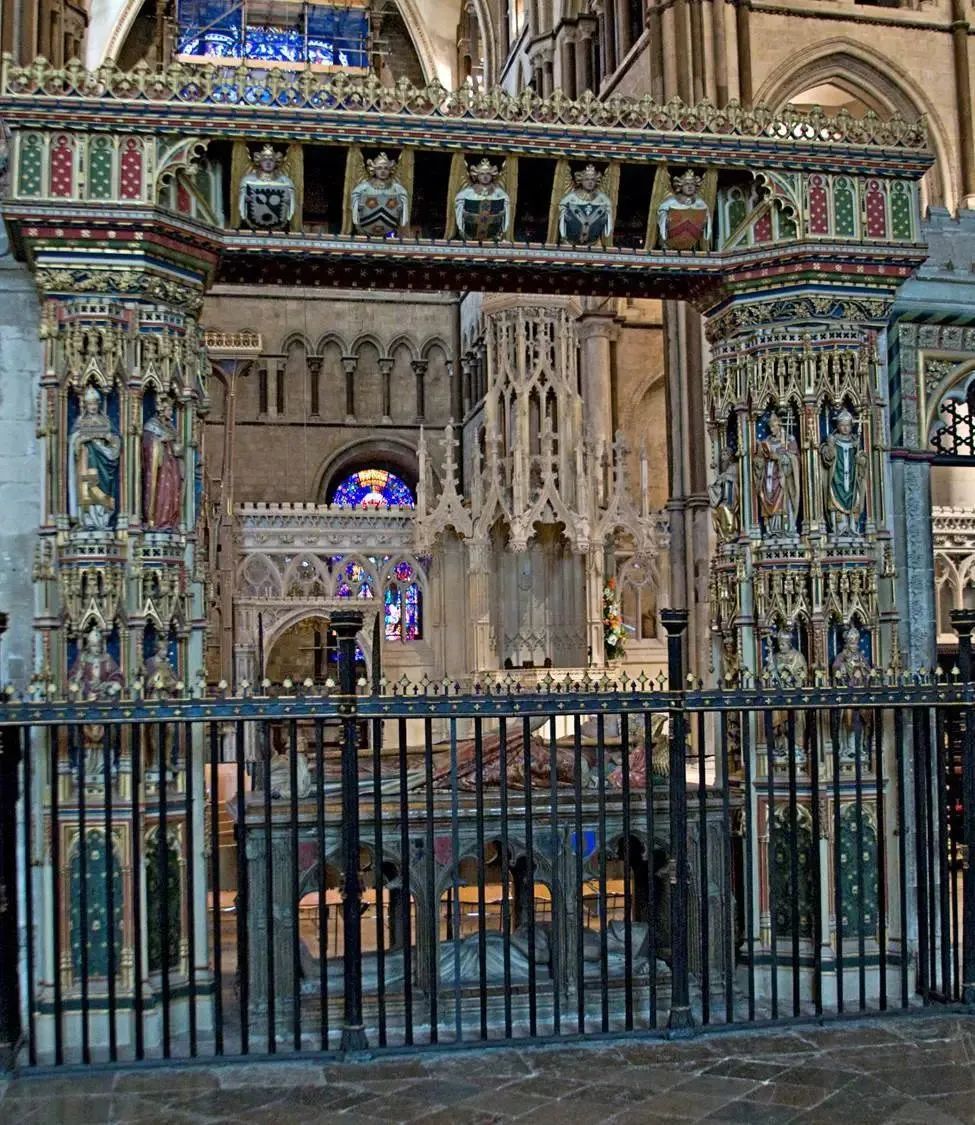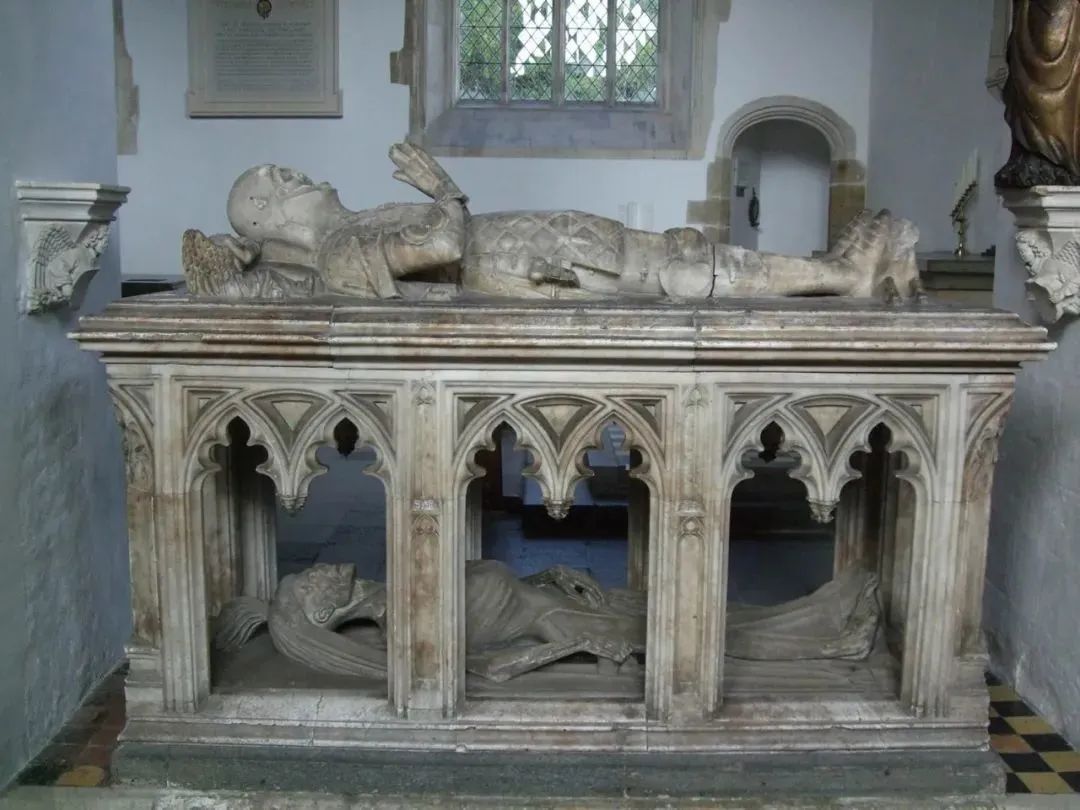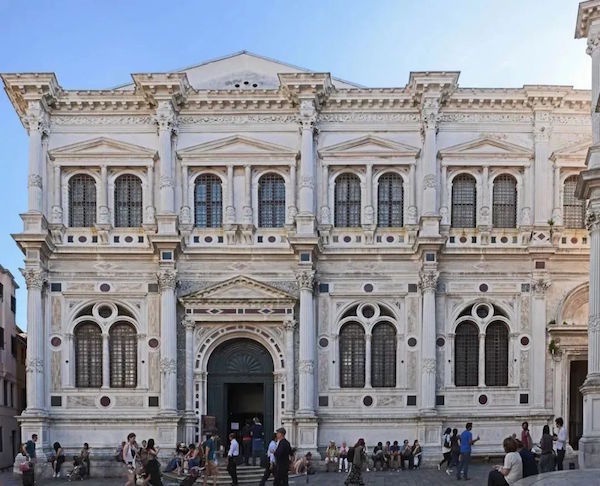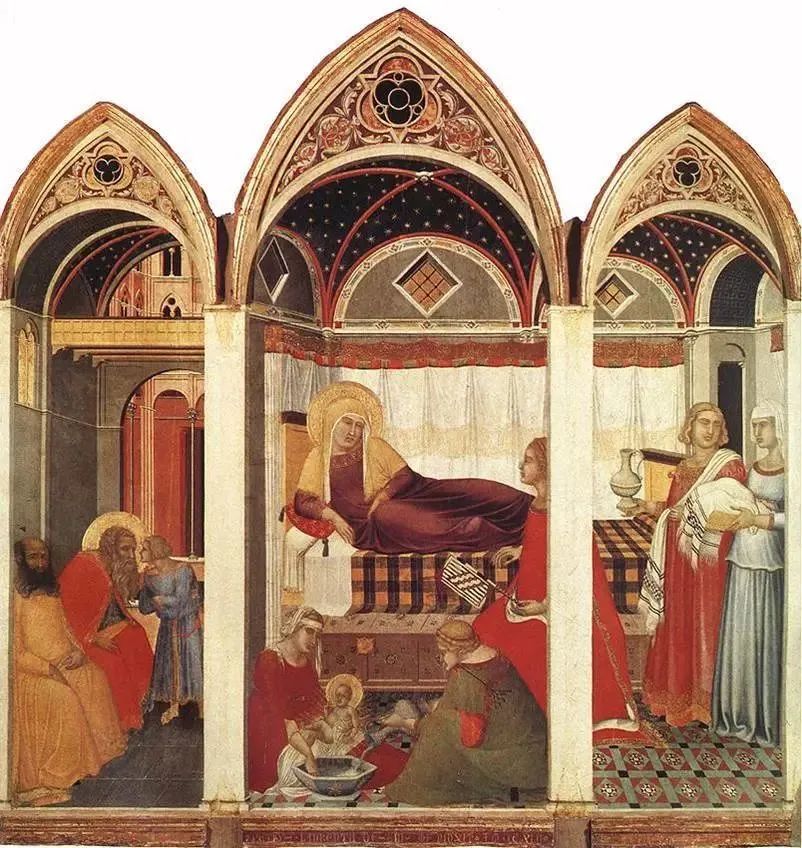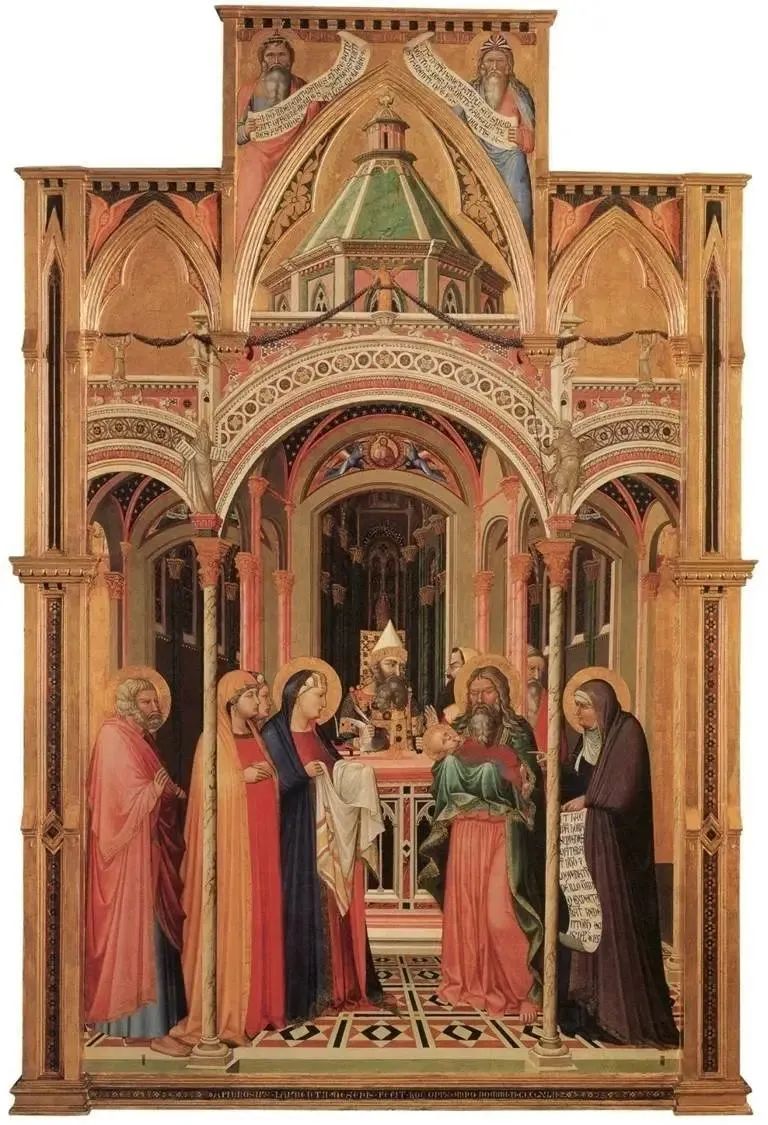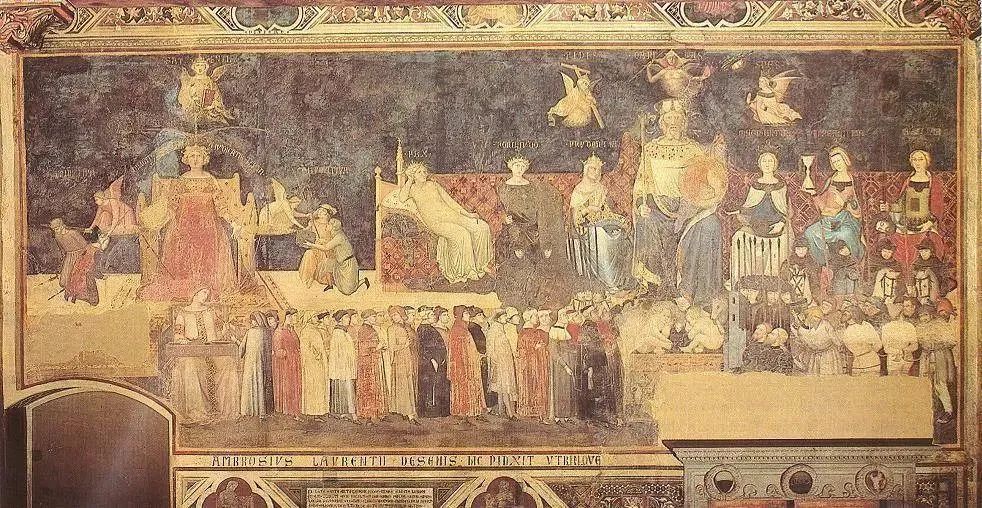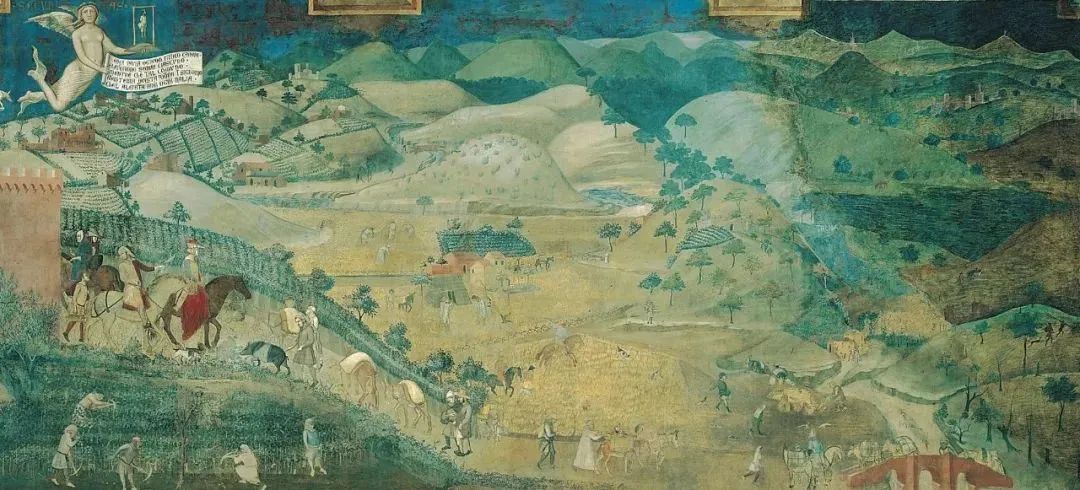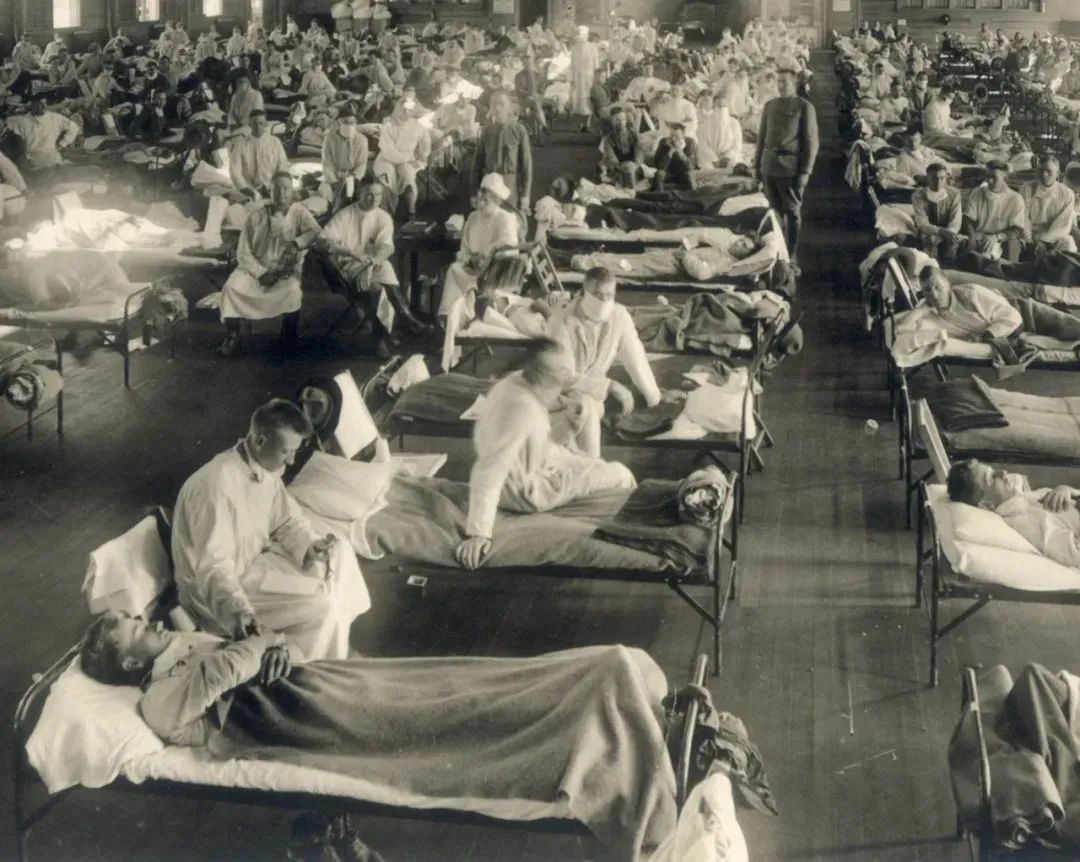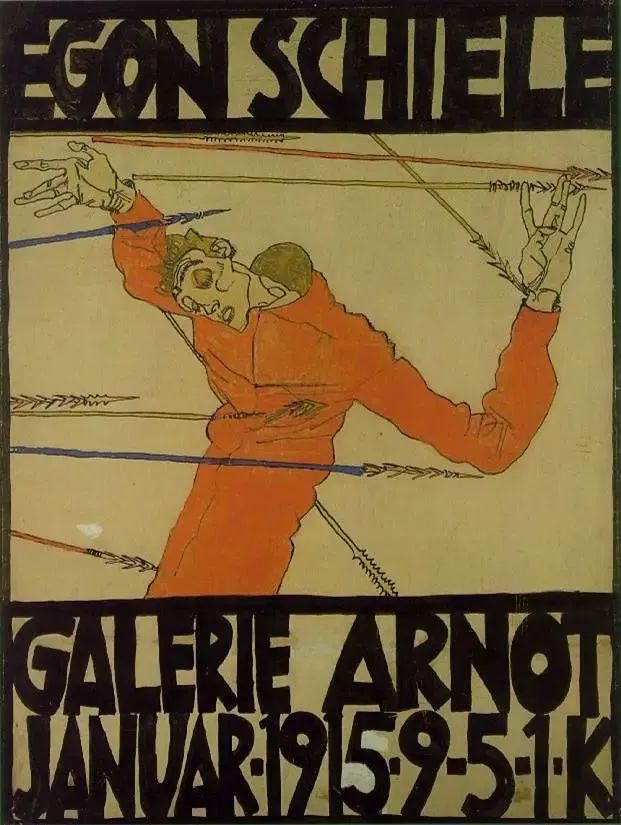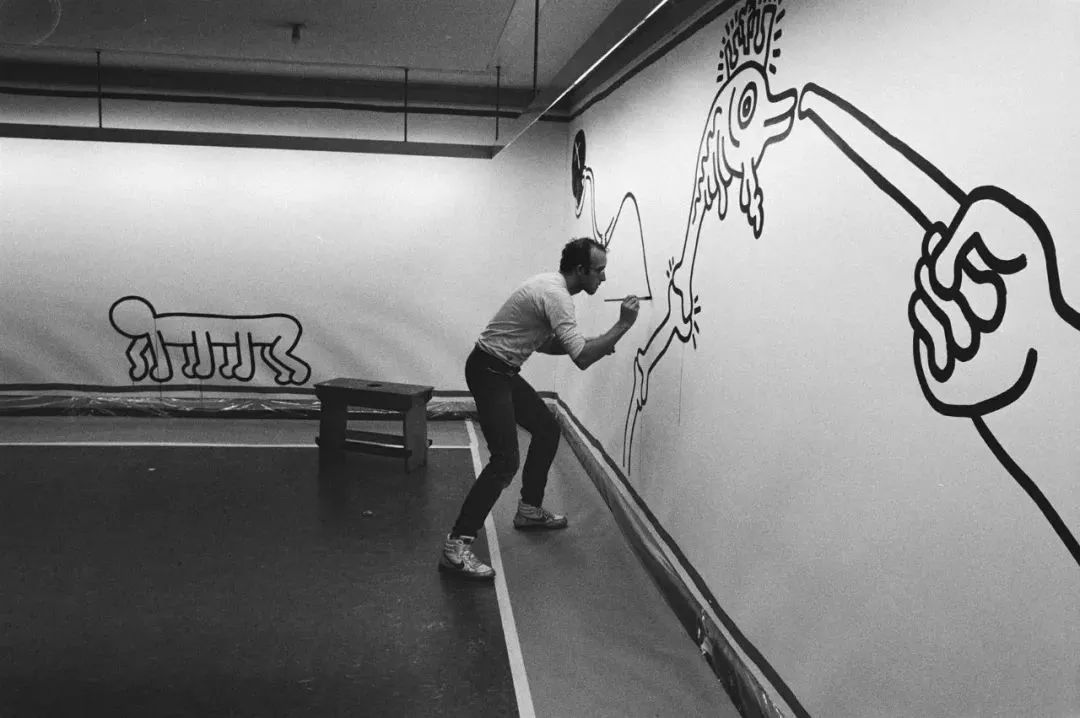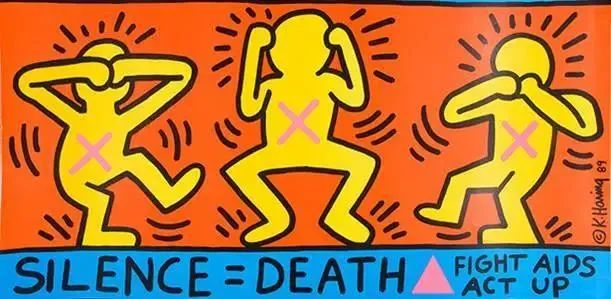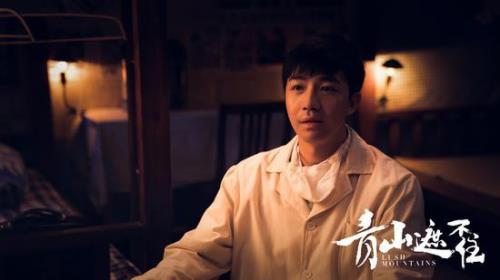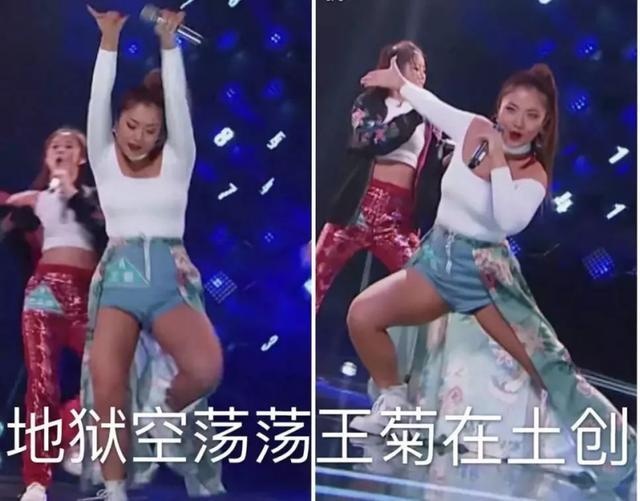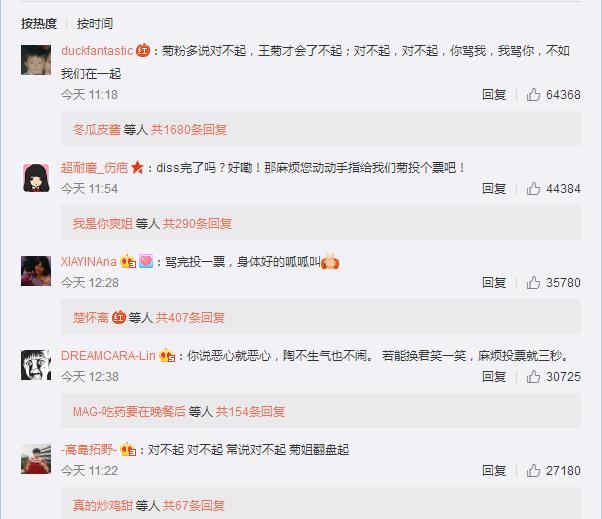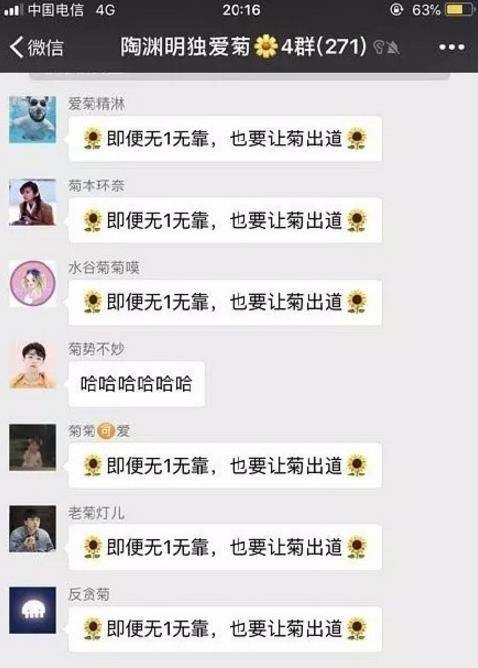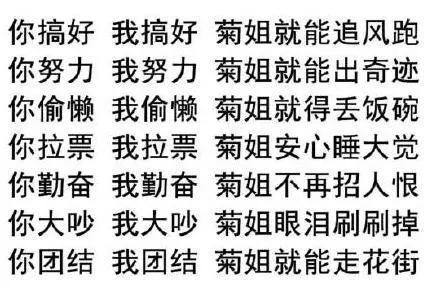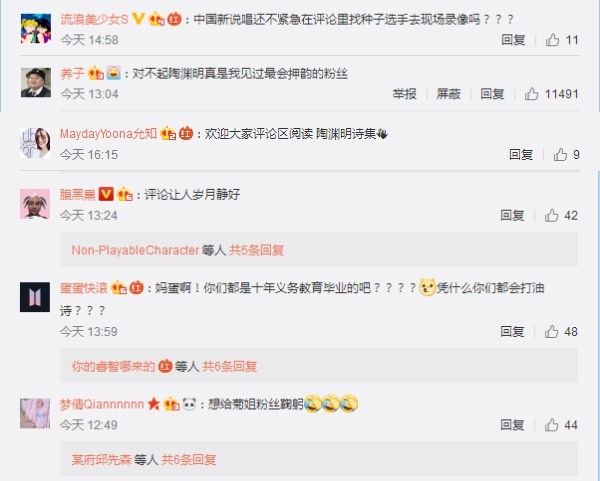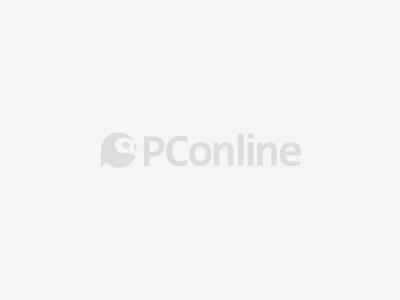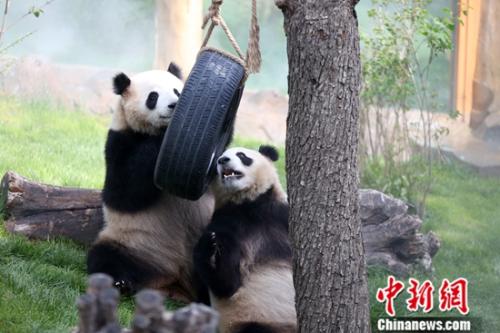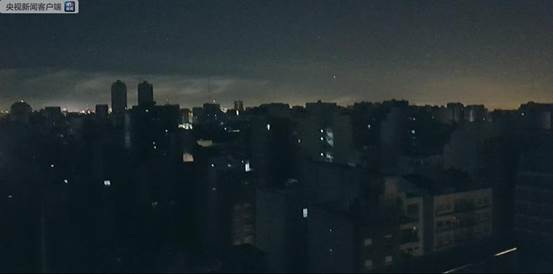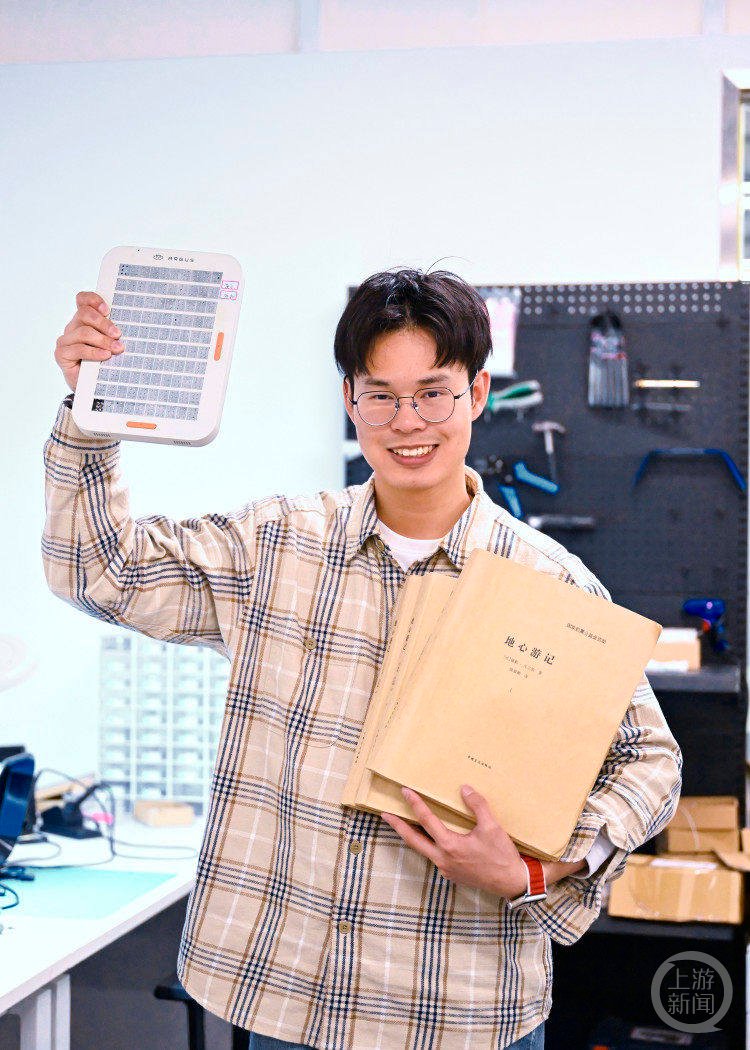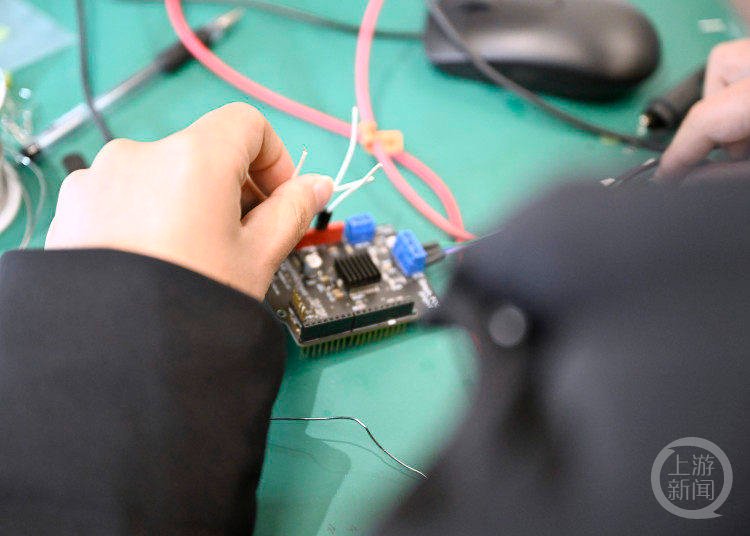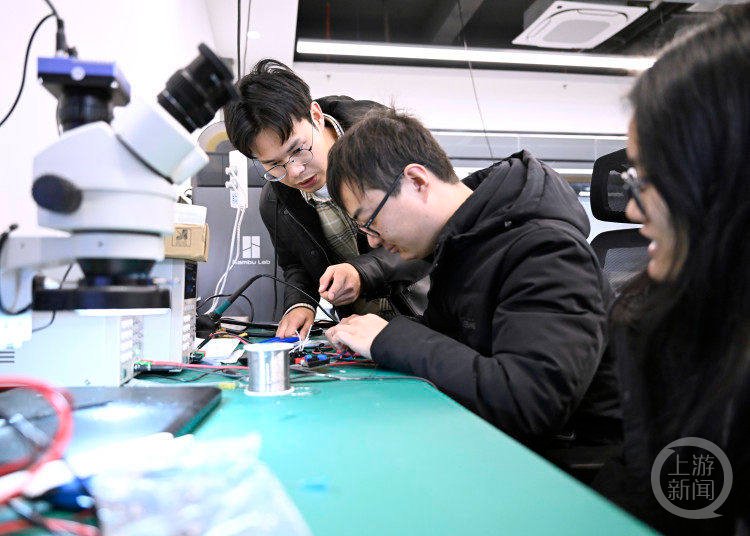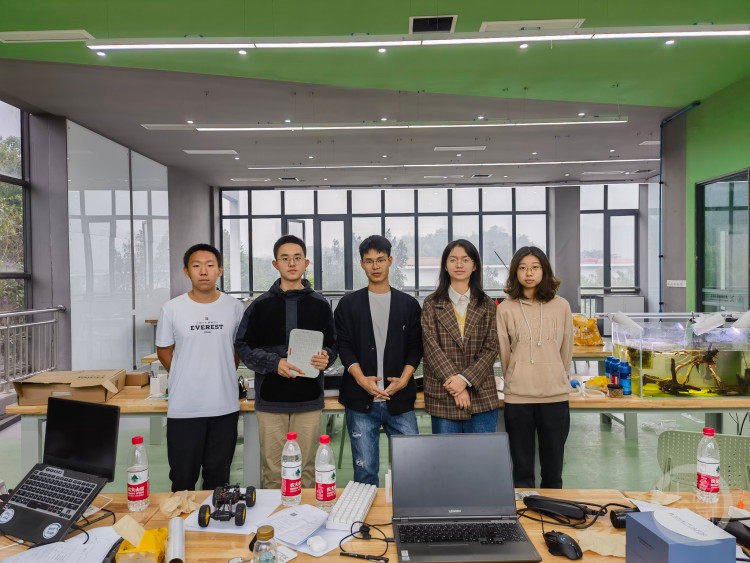Zhang Gan, a professor at Tsinghua University Academy of Fine Arts, recently gave a special report entitled "Plague and Western Art —— The Influence of Disease and Plague on Western Painting" in Lecture 10 of "Spring Breeze Lecture Hall" in Tsinghua University. He studied the influence of "disease and plague" on western art from the perspective of art appreciation from three aspects: the plague in works of art, the new theme of the birth of plague and the art interrupted by plague.
No.1Plague in works of art
Plague and disease run through the development of human civilization. People who have experienced disasters often record or express disasters and the thoughts they bring to people in the form of literature and art.
For example, works of art with the theme of war, some patrons at that time hoped to show their military achievements or achievements through their works, and some artists hoped to accuse the atrocities of war by expressing the theme of war.
However, there are not many works that show plagues and diseases in paintings. Because the plague brings painful memories to everyone and the state of illness has no aesthetic feeling at all, artists rarely show the sick scenes directly in their works. However, the rethinking of life caused by disease and plague, such as the cycle of life and death, the relationship between man and society and the influence of plague itself on human society, all play a lasting role in art.
In western painting, there are some works related to plague or disease, and occasionally artists directly express the visual impact brought by plague in their works. These worksIt reflects the disaster and catastrophe brought by plague and disease to human beings, and the brilliance of human nature highlighted in it..
01
Plague has been accompanied by human history, and the most serious one in western historical records is the Black Death in 1348. American writer Joseph P. Bourne once wrote in The Black Death: "Neither Western Christianity nor the Islamic world can express such a disaster as the Black Death with visual images." Although few works of art are expressed, we still found some images. These paintings played a certain role in the later study of the Black Death.
The scene of survivors burying the dead,
The only existing work during the first outbreak of the Black Death.
Scenes of priests helping to treat and bury the dead,
Bronze prints during the outbreak of Florence plague in 1348.
The doctor who treated the Black Death wore a beak mask as a protective measure.
02
The painting of the altar of Isenheim in the museum of Antlinden in Coma, France, shows the monastery’s treatment of the disease under the epidemic of ergot poisoning. The work comforts the believers through the theme of Christian resurrection, and will surely overcome the disease.
Eisenheim altar painting
Matthias Gruenewald
Painting of the Altar in Isenheim (Unfolded), the central altar was carved by nikolaus Hagenau in 1490, and the hospital chapel of St. Anthony’s Cathedral in Isenheim, Germany, about 1510 ~1515. Altar, painted gilded basswood, 298.4cm× 250.1cm× 92.7cm (center), 74.9cm× 340.4cm (lower sketchpad), oil painting on the side boards, 250.1cm× 92.7cm..
Saint Anthony is the patron saint of patients with skin diseases (Isenheim is a village 15 miles from Cole Ma Yinan). In art, pigs are usually accompanied by Saint Anthony, which refers to the use of pork fat to treat skin infections. But it also led Saint Anthony to become the patron saint of pig farmers, and the protectors of basket weavers, pen makers and grave diggers had nothing to do with his treatment (he lived as a hermit, a religious hermit for the first time, in an empty grave).
At Isenheim Hospital, the monks of St. Anthony’s Monastery devote themselves to taking care of sick and dying farmers, many of whom suffer from ergot disease. Ergot disease is a disease caused by eating rye grains infected with fungi. Ergotism, commonly known as the fire of St. Anthony (St. Anthony‘s fire) can cause hallucinations, skin infections and attacks on the central nervous system, eventually leading to death.
03
In the history of western art, there are some outstanding works that reflect plagues and diseases.
3.1 The plague of Ashdod
In the 17th century, the works of Nicolas Pu Sang, a famous French classicism representative painter, according to the description in Samuel, showed the scene of children crying on the body of their mother who died of the plague, and showed people’s desire to be free from the plague.
The Plague of Ashdod, 1628-1630
Oil on canvas, 148×198, Louvre, Paris.
3.2 Napoleon visited the plague patients in Jaffa.
In the 19th century, the works of Antoine-Jean Gro, a pioneer of romanticism and a famous French painter, described Napoleon’s inspection and care of soldiers infected with plague in the monastery of Saint Nicholas, Armenia, and showed Napoleon’s heroic image as a leader who loved soldiers like children and the real scene of treating plague patients.
In 1804, oil painting on canvas, 532×720, Louvre, Paris.
3.3 Death in the Sickroom
At the end of 19th century and the beginning of 20th century, several works by Norwegian expressionist painter edvard munch set off the sad and depressed mood with cool colors, and showed the atmosphere of suffering from diseases incisively and vividly.
1893, 134cm × 160cm, Munch Museum, Oslo
1895, oil on canvas, 150cm × 168cm, Nasjonalgalleriet, Oslo
3.4 Science and Kindness
In 1897, Picasso’s work was only 16 years old. The doctor in the picture is modeled after his father, and the girl in the hospital bed is modeled after a gypsy girl Picasso met in the street. This kind of works expressing the theme of science and technology and benevolence was very popular at the end of the 19th century, which was closely related to the development of medical science and technology in this era, and expressed the theme that although the disease was painful, science and technology brought hope to mankind.
Pablo Picasso, Science and Charity, 1897, 200 x 250cm
3.5 The Plague
Marx klinger’s prints depict the sudden appearance of a crow symbolizing death, which shocked the nuns who comforted the patients and filled the whole environment with an ominous atmosphere.
1857-1920, From Vom Tode II (Berlin, 1898-1910) Engraving and drypoint, 36 × 31.4cm
The psychological impact of the plague on human beings is well reflected in the form of painting. Art is a record of human history, not only an aesthetic expression, but also an important carrier of human thought and civilization.
No.2
A new theme born of plague
Due to the plague, some new themes were born in the history of western painting. For example, after the Black Death, the themes of "Death’s Victory" and "Death’s Dance" appeared. These two themes remind us that people can’t avoid death: the former is more active, persuading people to work hard in this life and strive for good results; The latter is more pessimistic, emphasizing that no matter whether he was a king, a monk or other people from all walks of life, he would eventually be born to die.
These thoughts related to death were very popular in the 14th century, which was closely related to the underdevelopment of medicine and technology at that time. People were helpless in the face of diseases and plagues, and their despair and helplessness were understandable. Today, through unremitting efforts and exploration of mankind, there is new hope to overcome the epidemic.
Three living people meet three dead people
"Death’s Victory" has been popular in Europe since the 14th century. The above picture is selected from the book "Poems and Prayer Books" written by Bonn, Duke of Normandy in Luxembourg, who died of the plague. The dead in the painting said to the living, "We used to be like you, and now we are you in the future." This theme became more popular in the late Middle Ages.
The theme of "Victory of Death" series has been shown in Italy, Belgium, France and Germany. The Italian work The Triumph of Death with the Dance of Death is very typical. At the top of the picture is an image of a god of death wearing a crown and the helplessness of people from all walks of life in the world in the face of death, indicating that no one can defeat death; The bottom of the picture embodies the "dance of death", expressing that death has accompanied people all their lives and cannot escape.
Giacomo Borlone de Burchis, The Triumph of Death with The Dance of Death, 15th century, Oratorio dei Disciplini in Clusone, Italy
The image of death gradually fixed in the Middle Ages: a skeleton with a sickle and an hourglass representing time, and some with wings similar to bats.
"Seven Ages of the World: The Image of Death" is a woodcut illustration made by Michal Wohlgemuth for Hartman Scheedel’s Chronicle. In the picture, corpses with different degrees of corruption are dancing, and there is a paragraph under the image: "Nothing is better than death …" It reminds people that death will eventually overcome the body.
Death shoots an arrow from a bow on a skinny horse, targeting people of all social classes. The horse occupies the center of the whole scene, its ribs are clearly visible, and its bony head shows its teeth and tongue. Death has just shot an arrow and hit a young man in the lower right corner. Death will also wear a sickle beside the saddle, which is its typical feature.
Wet frescoes of Abbatilis Palace in Palermo, circa 1446. Entrusted by the king of Aragon in Naples.
01
Ponico Di Martino or Ponico Boufard Marco has a famous work "Victory of Death". The picture is divided into two parts: on the left, a young man rides a horse for an outing and meets a hermit. The old man shows you three coffins with the bodies of a king, a priest and a noble respectively. The bodies are swollen and rotted, and the young people cover their noses and mouths; On the right is the scene of young people playing the piano, playing and dancing in the garden. It shows that people were powerless in the face of death at that time, and people were happy in time, while angels and demons in the sky were fighting for people’s souls, which warned everyone that life is short and we should live actively.
Cemetery of Pisa Cathedral, Buona Mico di Martino or Buona Mico Buffalo Macco (Active C.1315-1336).
02
Part of Gorgeous Daily Classics was written by Jean Collomb. In the picture, armed soldiers were beaten out of the water by three skeletons, which also represented the victory of death.
A variant of death’s victory
Most classic: Old Peter Bruegel, Victory of Death
In the lower left corner of the foreground of the painting is the king caught by death, who is still thinking about his gold and silver when he dies. On the right is the priest caught by death, and a pilgrim in white who is lying asleep on the ground in the middle is also killed by death. The skeleton on the left pulls a car full of human skulls. Under the car, there is a woman who is cutting off the textile thread representing the thread of life with scissors, which is a metaphor for the fragility of life. There is a dining table in the lower right corner of the picture. Everyone who is having a banquet is interrupted by death. On the right, there is a trap like a mousetrap. All human beings are driven here by death, which means that human beings will eventually be defeated by death. The background of the whole picture is a barren battlefield, filled with smoke, and the skeleton army completely defeats human beings.
Pieter Bruegel the Elder, Triumph of Death, c。 1562, oil on panel, 117x162cm, Museo del Prado, Madrid。
The Dance of Death by the German artist Hans holbein (1497-1543) is an excellent print work in the Renaissance. In a series of dynamic pictures, death invaded the daily life of 34 people from all walks of life, from the Pope to the doctor to the farmer who plowed the fields.
Adam and Eve were expelled from the paradise, and death waited excitedly.
The samurai struggled with death, and it was hard to defeat after all.
A lady was visited by death.
Al Brecht Diu Lei was the greatest painter in the German Renaissance. There are four knights in his Four Horsemen in Revelation, representing conquest, war, hunger and death. Among them, death can kill a quarter of the people on the earth with swords, famines, plagues and wild animals. Although this work does not directly show the plague, it warns everyone about the influence of the plague on human beings through the image of death.
These works represent the pessimistic attitude of the west in the face of plague in this specific period of the 16th century. These emotions are a portrayal of the world at that time, representing people’s views and understanding of the world. At the same time, artists also satirize social reality through their works, which also reminds us how to look at the present world.
But in the history of western painting, this is only a small part, and most of the works face life with a positive and optimistic realistic attitude. The themes derived from the plague are not all pessimism, but there are some changes in the later period.
Corpse monument
During the outbreak of plague, many people can only be buried in nameless graves or graves. Out of fear of this feeling of complete disappearance, people with conditions demand that enough marks be left on their graves. For about two centuries, rich people put life-size statues of themselves on the top of tombs. In the 1490s, a new form of burial emerged, which was mainly characterized by the juxtaposition of neatly dressed images of bishops, cardinals or nobles and life-size decomposed corpses, and was called the Cadaver monument.
The earliest carrion tomb in England belongs to Henry Chichele, Archbishop of Canterbury. The inscription in the mausoleum reads: "I was born in poverty and was later promoted to bishop." If you can’t afford to get sick now, it will become food for maggots … You will be like me after death: all terrible dust, maggots and carrion. "
John FitzAlan’s body monument, 14th Earl of arundel, died in 1435. Arundel Chapel in Arendal Castle, Sussex.
Ma Saqiao: Trinity, 1425-28 wet mural, Notre Dame de Florence.
At the bottom of the picture is a painted corpse monument. This work is the earliest known preserved work using scientific perspective in the history of western art.
A patron saint from the plague
Based on everyone’s wish to avoid plague infection, two protected saints came into being: St. Sebastian (St. Sebastian) and St. Roche (St. Roch)。
San sebastian
San Sebastian lived in the early 4th century. His relationship with the plague stems from the fact that he can survive the rain of arrows. In western tradition, arrows are associated with diseases initiated by God. There are many times in the Old Testament that arrows are used to compare God’s punishment. Such as Deuteronomy (32: 23): "Shoot my arrows at them." Psalm (64: 7): "But God wanted to shoot them, and suddenly they were wounded by arrows." Psalm (7: 12): "The bow must be bent and ready." Wait a minute. Classical writers and Christian writers in the first Black Death pandemic also compared the plague to an arrow. The earliest known recourse to Sebastian occurred in pavia and Rome in the 7th century.
The earliest known work of Saint Sebastian is a mosaic of the existing New Saint Apolinar Church in ravenna, Italy, which was created around 527-565 AD. Another earlier painting, St. Sebastian, a mosaic of St. Peter’s church in chains in Rome, was created around 682 AD.
South Nederland painter Levering Cox
St. Roche
Saint-Roch was born in Montpellier, France, in a noble family, between the 1990 s and 1350 s. On his way to Rome for pilgrimage, he encountered a plague, so St. Roch stayed in Akua Pontent, Tuscany to help the patients. A few years later, he was infected with plague on his way home. A dog licked his wound and brought him food, and finally recovered. After returning home, he was mistaken for a spy and died in prison. People found "angel handwriting" on him, saying that he would become a patron saint of plague patients after he ascended to heaven. The earliest evidence of worshipping him appeared in the early 15th century. His legend is very popular in Venice. St. Roch in the portrait is usually standing, wearing a pilgrim’s hat, holding a cane and a shell, with a dog giving him food. The left leg is exposed, showing a lymph node mass at the root of the leg.
Burial place of Saint Roch, Church of San Rocco in Venice, Italy
During the Black Death that ravaged northern Italy from 1477 to 1479, people’s worship of St. Roch was growing.
St. Roch Hall in Venice
Scuola Grande di San Rocco
No.3
Art interrupted by plague
In 1951, art historian Milad Mais published The Paintings of Florence and Siena after the Black Death: Art, Religion and Society in the Mid-14th Century. In the book, he pointed out that the Black Death had a profound influence on the artistic style and content of Florence and Siena. It is precisely because of the fear of plague that the patrons of religious painting gave up the artistic development for half a century and turned back to a more traditional, more religious and spiritual style.
Mays believes that the Black Death delayed the reality of Renaissance style and the development of humanistic art for decades. However, more art historians, such as Hank Van Oath, point out that many key artists and patrons died because of the plague, which is the reason for the delay in the change of artistic style. For example, Luo Renzetti, a painter in Siena, died of the Black Death, and the nine-member government in Siena collapsed, which led to the end of the sponsorship of art. Judith Steinhoff, an art historian, believes that the "new patron" with low taste led to the decline of artistic taste at that time. Italians who experienced the plague became very concerned about being remembered, which was reflected in the construction of churches, art sponsorship and donations. The individual’s concern for the name behind him directly triggered human’s concern for artistic realism, which will be the symbol of Renaissance art in the 15th and 16th centuries.
Giotto di Bendone
(Giotto di Bondone, c.1277-1337)
-
Boccaccio said Giotto brought light to the art of painting.
-
Dante wrote in the eleventh song "Proud people become humble people" in the Divine Comedy Purgatory: Chemapu wanted to be invincible in painting, but now Giotto has won the praise, so the other one’s reputation is unknown.
-
A monument commissioned by Lorenzo de’ Medici in Florence Cathedral to commemorate Giotto. The inscription was written by humanist Poliziano: I am the one who gave new life to the lost painting art.
One of the earliest works using the central single-point perspective method.
The Birth of Mary 1342, Tempera on wood, 188 x 183 cm, Museo dell‘Opera del Duomo, Siena
Titian (1488/90-1576), Mourning Christ.
Pietà, 1576, Oil on canvas, 352 x 349 cm, Gallerie dell‘Accademia, Venice
Titian was infected with the plague and died of a high fever on August 27, 1576. Mourning for Christ was not finished before his death, but was finished by his student Palma.
the spanish flu
■ Another plague that has an important impact on western art is the Spanish flu. The Spanish flu lasted from January 1918 to December 1920, and about 500 million people were infected in the world. It was estimated that the death toll reached 17 million to 50 million, and some people thought it might reach 100 million.
Two very important Austrian painters died of Spanish flu, Egon Schiele and Klimt.
Emergency hospital set up in Kansas
Egon Schiele painted himself in the image of San Sebastian. The arrow not only represents the plague, but also represents the gossip that denies his art.
Self-Portrait as St。 Sebastian (Poster for Arnot Gallery exhibition), 1914/15, Indian ink and opaque, 67 x 50 cm, Historisches Museum der Stadt Wien, Vienna
02
Aids and Art in the 20th Century
In the 1980s and early 1990s, AIDS caused by human immunodeficiency virus (HIV) broke out and swept across the United States and other parts of the world. Since the beginning of the AIDS epidemic, more than 70 million people have been infected with HIV, and about 35 million people have died of AIDS.
Posters designed by keith haring:
Keith Haring, Ignorance = Fear, 1989, Poster Collection Noirmontartproduction, Paris。
In 1990, Harlem died of AIDS at the age of 31.
The test of human nature brought by the plague is also what we need to face today. Diseases make us think about several issues: first, the relationship between man and nature (man and environment, man and animals); Second, the relationship between people and society (individual and whole); Third, the relationship between people (with relatives, friends and strangers); Fourth, the relationship between countries (equality, fraternity or narrow nationalism).
In this thrilling art history related to the plague, we have seen the despair and struggle of mankind, the untimely death of many outstanding artists, and more hope and strength. Art constantly reminds us how to get along with nature, society and the past. We should face challenges together and build a community of human destiny with a more universal, equal and broad mind.
I hope that the power of art will continue to advance with mankind, and that mankind will never die and art will never die.
(This article is reproduced from Tsinghua University)
